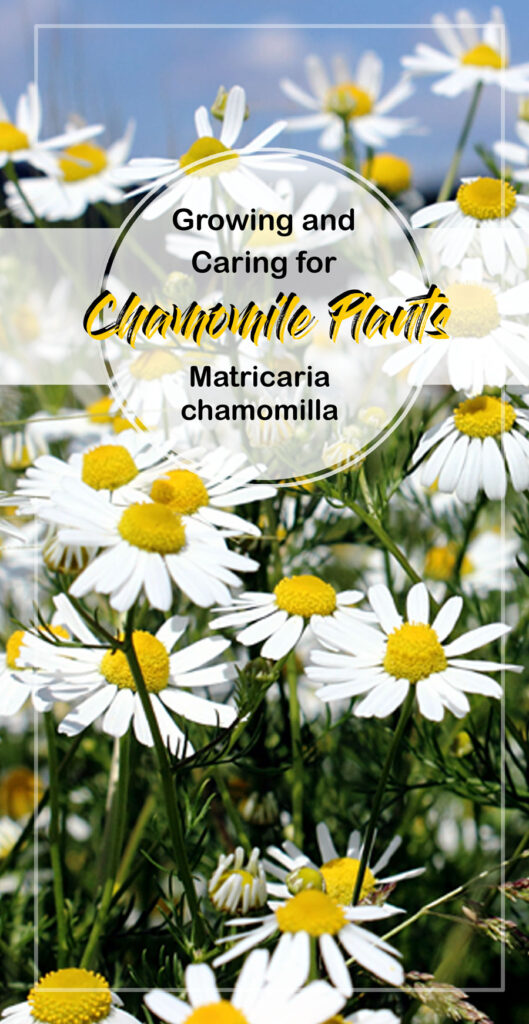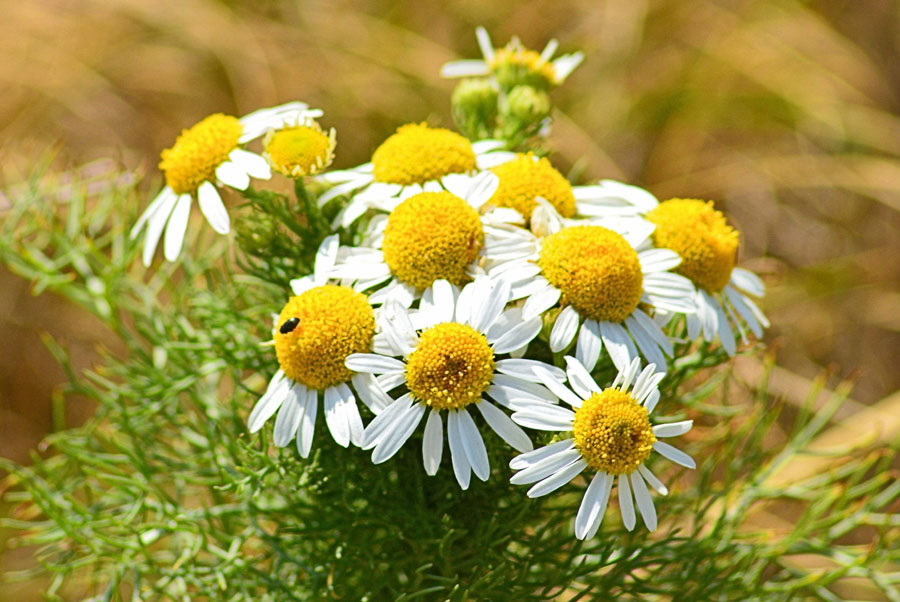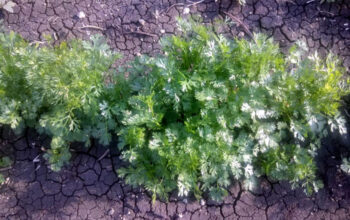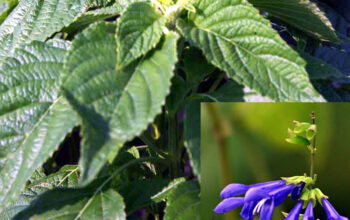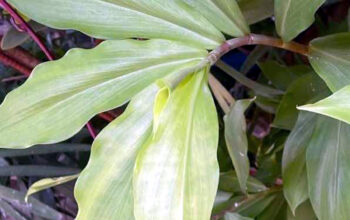Chamomile Plants (Matricaria chamomilla)
Chamomile is a delightful herb known for its daisy-like flowers and calming properties, often used in teas and natural remedies. There are two main types: German chamomile (Matricaria recutita), an annual, and Roman chamomile (Chamaemelum nobile), a perennial. Both types are easy to grow and require minimal maintenance, making them perfect for beginners and seasoned gardeners.
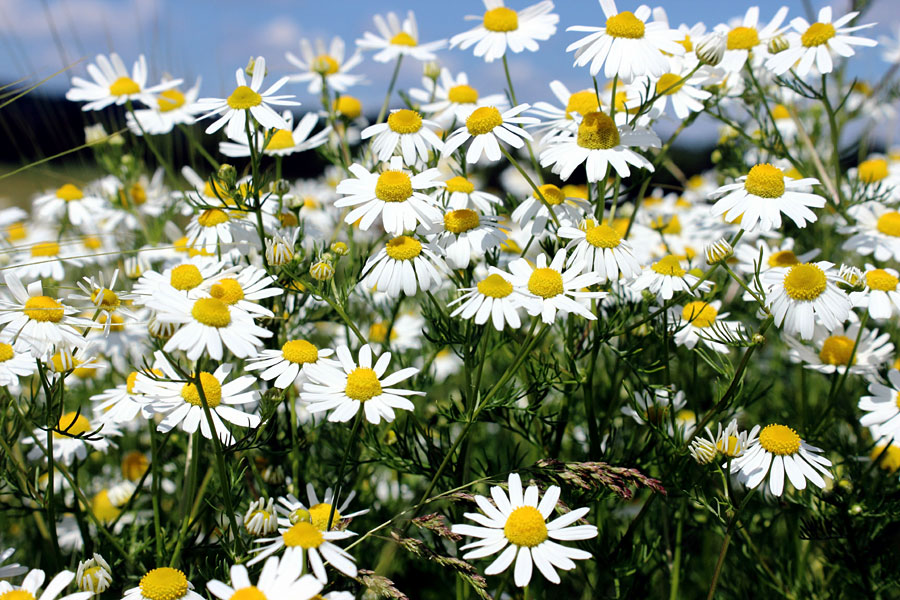
Use an herb
Chamomile plants, resembling daisies and belonging to the Asteraceae family, are commonly utilized as medicinal herbs in America. Its tea is popular and is used to alleviate various conditions, including muscular spasms, insomnia, fever, menstrual disorders, swelling, ulcers, hemorrhoids, and gastrointestinal issues.
Planting Chamomile
Chamomile prefers full sun but can tolerate partial shade, especially in hotter climates. It thrives in well-draining, sandy soil with a neutral to slightly acidic pH. To start growing, sow seeds directly into the garden in the spring after the last frost or start indoors about 6-8 weeks before the final frost date. Sprinkle the seeds on the soil surface and press them gently, as they need light to germinate. Please keep the soil consistently damp until the seeds start to grow, which typically happens within 7-14 days.
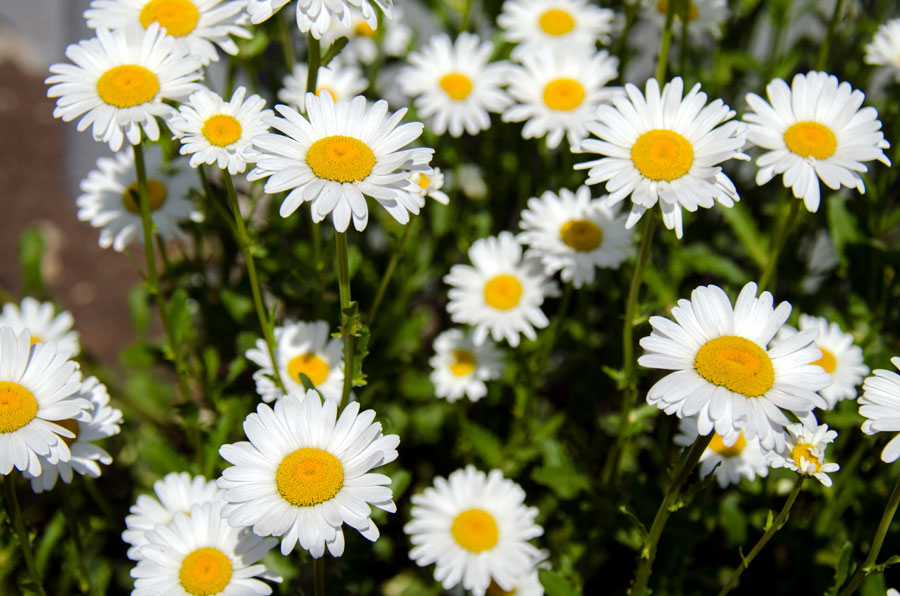
Caring for Chamomile
Chamomile is drought-tolerant once established, so water it moderately, allowing the soil to dry out between waterings. Be careful not to overwater your plants as it can cause root rot and other problems.
Mulching around the base can help retain moisture and keep weeds at bay.
These plants generally don’t need much fertilization; a light application of compost or a balanced organic fertilizer in the spring is sufficient.
Pruning is not necessary, but you can pinch back the tips to encourage bushier growth. Regularly harvesting the flowers not only provides material for teas but also promotes continued blooming. Cut the flowers when fully open and dry them in a cool, dark place.
Pest and Disease Management
Chamomile is relatively pest-resistant but keep an eye out for aphids and powdery mildew. If pests are spotted, a gentle spray with water or an insecticidal soap can help control them. Please make sure the plants have proper air circulation to minimize the chance of fungal problems.
With the right care, chamomile plants will reward you with beautiful blooms and a bounty of fragrant flowers perfect for teas and other uses.
Happy gardening
For pin:
